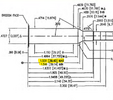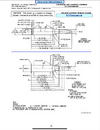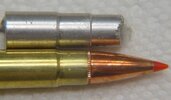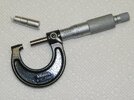Click_Here
Member
- Joined
- Oct 19, 2022
- Messages
- 138
Messing around with the Hornady comparator and I wanted to measure my fired cases compared to factory loaded cartridges.
I measured a few cartridges of 6.5 CM Hornady 140gr ELD M and they were all 1.557
SAAMI Spec on headspace max is 1.551
Whats the deal with that?
My fired cases measure 1.560 bumping it back down -.002 would set me at 1.558 which is also above SAAMI spec.
Who is SAAMI and what does she do? Should I care about her or proceed with what my measurements are telling me?
I measured a few cartridges of 6.5 CM Hornady 140gr ELD M and they were all 1.557
SAAMI Spec on headspace max is 1.551
Whats the deal with that?
My fired cases measure 1.560 bumping it back down -.002 would set me at 1.558 which is also above SAAMI spec.
Who is SAAMI and what does she do? Should I care about her or proceed with what my measurements are telling me?






